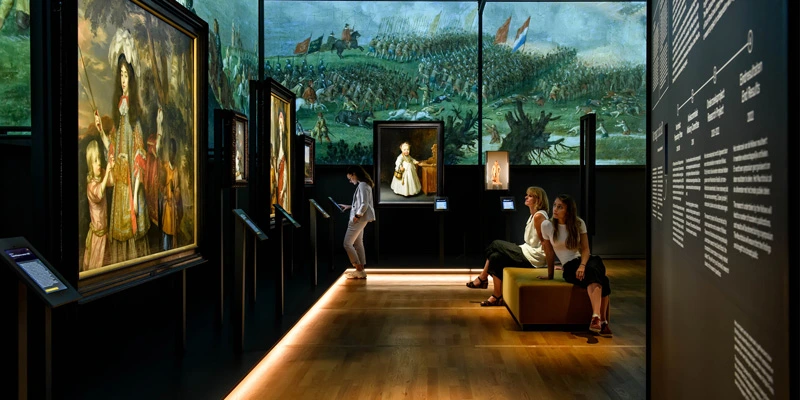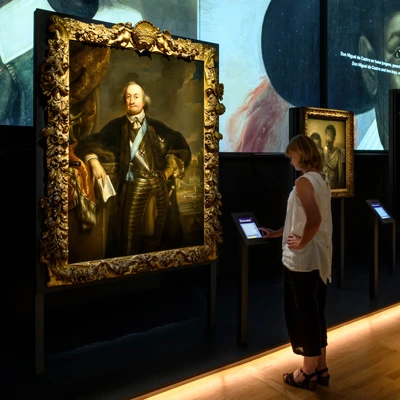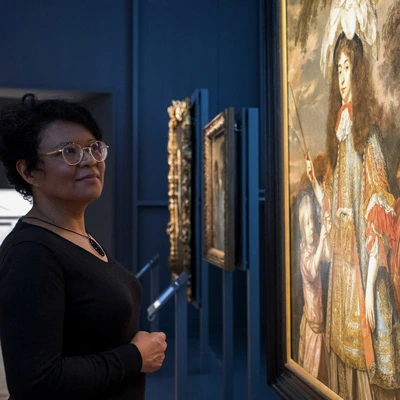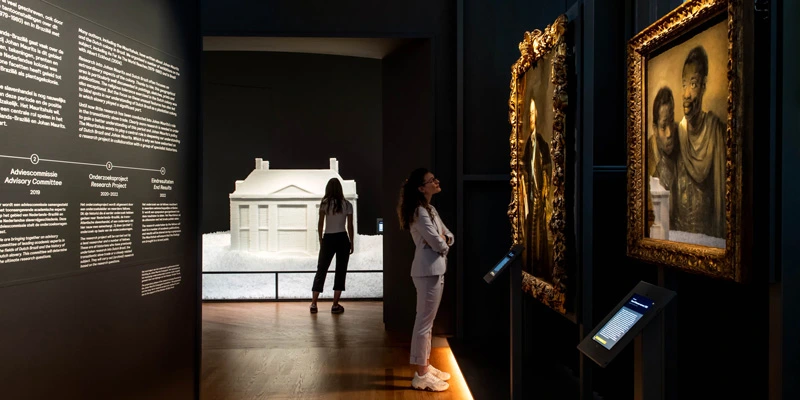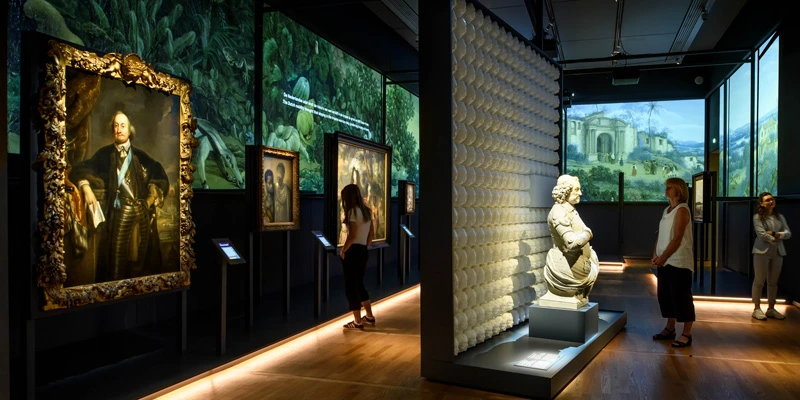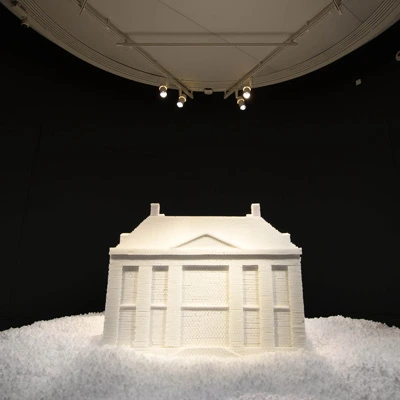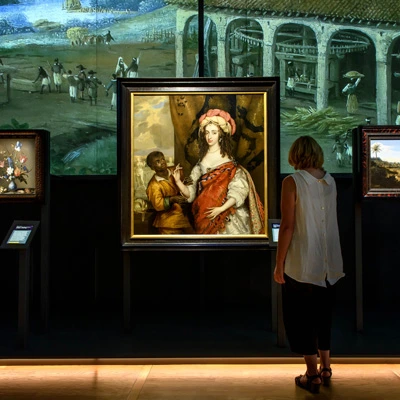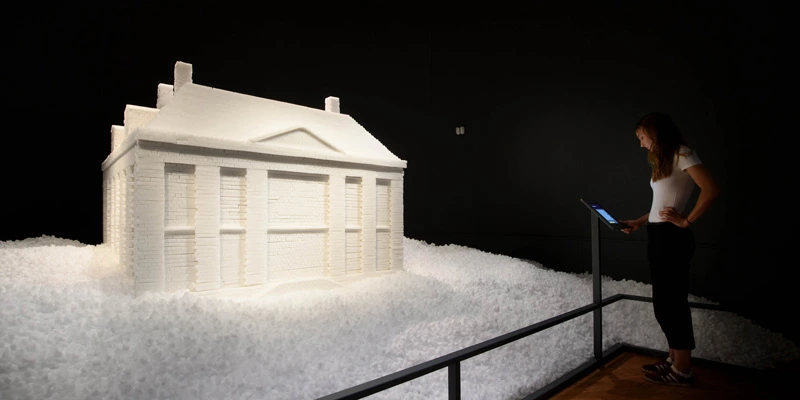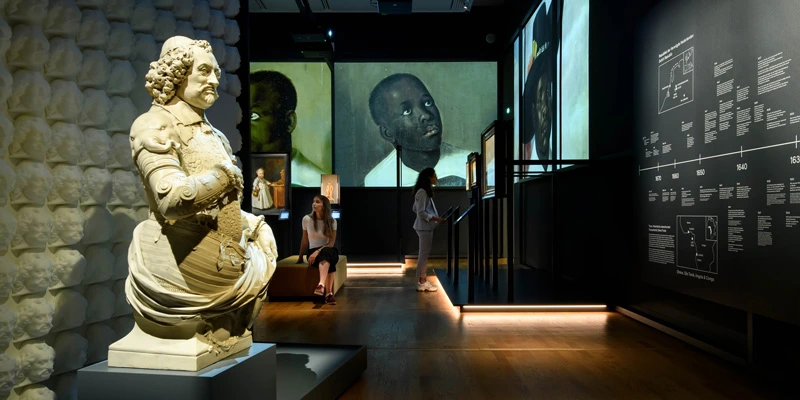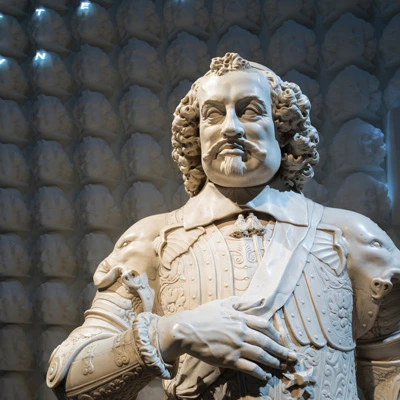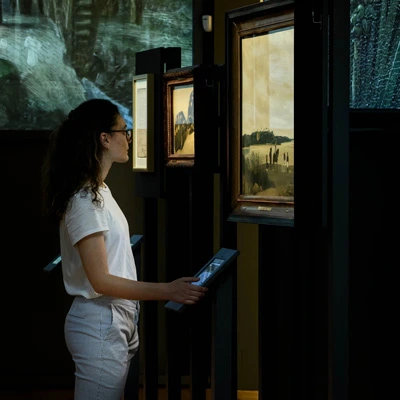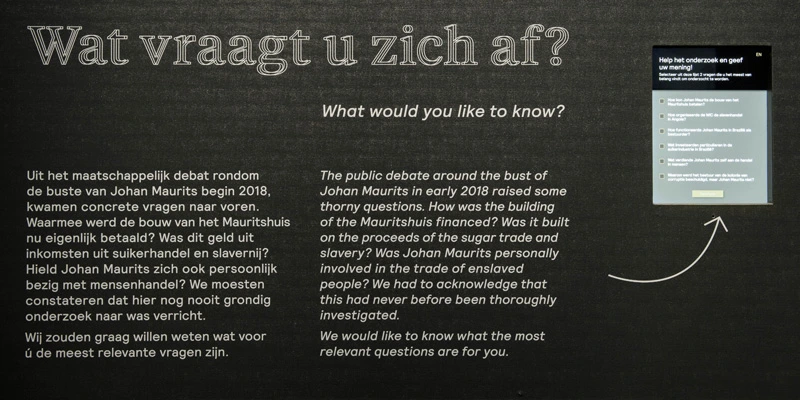Shifting Image
An exhibition revealing the many perspectives surrounding Dutch colonial history.
Mauritshuis, The Hague (NL), 2019
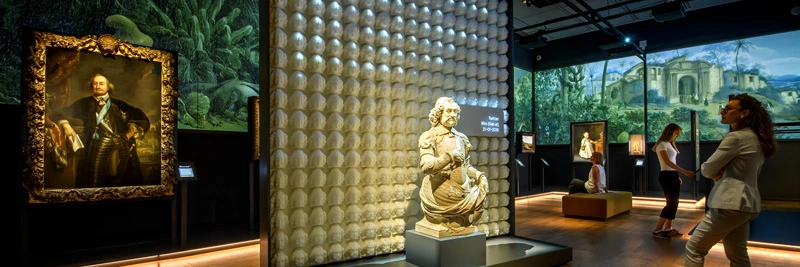
Overview
The Mauritshuis Museum examines the legacy of Johan Maurits, Count of Nassau-Siegen, focusing on his governance of the Dutch colony in Brazil and his involvement in the transatlantic slave trade. The exhibition explores how colonial history is represented through historical artifacts, contemporary reflections, and interactive installations.
Contribution
I led the design of the exhibition’s multimedia elements, shaping an experience that encouraged visitors to engage with multiple perspectives on the past. Through projections, visual storytelling, and symbolic installations, the exhibition invited audiences to reflect on the impact of colonialism and the ways history is narrated.
Key achievements
- Developed the interpretive strategy for a sensitive topic
- Built a narrative to encourage dialogue and reflection
- Helped shape a high-visibility national exhibition
- Recognized with 7+ international design awards
- Facilitated dialogue around identity and representation
Explore the next project or drop me a message.

Maker park
ilmi Science Discovery & Innovation Center, Riyadh (SA)
